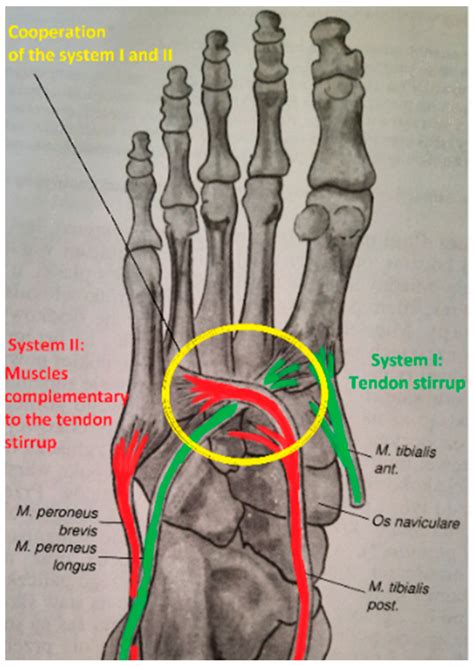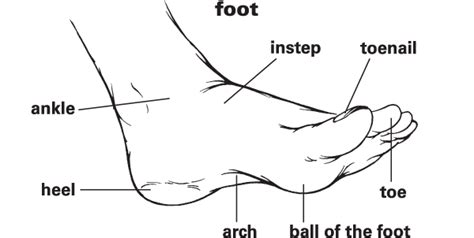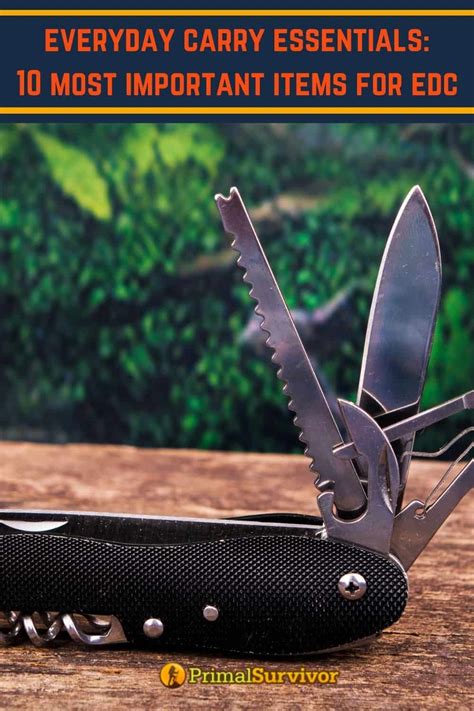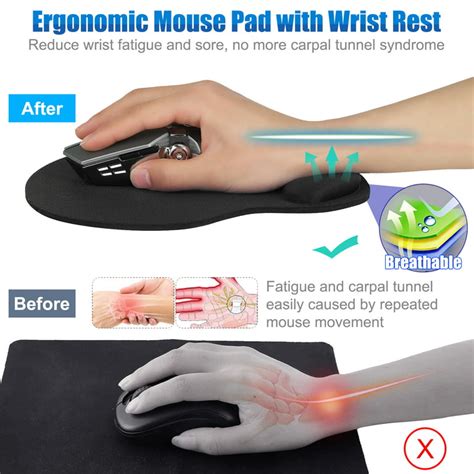For men engaged in daily running, the right pair of shoes isn’t just about comfort; it’s a critical piece of equipment for injury prevention. Common ailments like shin splints, runner’s knee, plantar fasciitis, and Achilles tendinitis often stem from inadequate foot support or improper impact absorption. Choosing running shoes specifically designed to mitigate these risks can significantly enhance training longevity and overall performance.

Understanding Common Running Injuries in Men
Daily running places significant stress on the feet, ankles, knees, and hips. Without proper support, this repetitive impact can lead to a variety of injuries. Shin splints (medial tibial stress syndrome) are a frequent complaint, often linked to insufficient shock absorption. Plantar fasciitis, characterized by heel pain, can be exacerbated by shoes lacking arch support. Runner’s knee and Achilles tendinitis are also common, often resulting from biomechanical imbalances that shoes can either correct or worsen.

Key Shoe Features for Injury Prevention
When searching for the ideal running shoe, several key features contribute directly to preventing injuries. Understanding these components will guide you towards a safer and more comfortable training experience.
Cushioning: Impact Absorption
Adequate cushioning is paramount for absorbing the shock of impact with each stride. Different shoes offer varying levels and types of cushioning, from soft and plush to firm and responsive. Highly cushioned shoes are excellent for long distances and heavier runners, helping to reduce stress on joints and muscles. Look for technologies that provide durable, consistent shock absorption without sacrificing stability.

Stability and Motion Control: Addressing Pronation
Pronation is the natural inward rolling motion of the foot upon landing. While some pronation is normal, excessive overpronation (where the foot rolls too far inward) or supination (underpronation, where the foot rolls outward) can lead to imbalances and injuries. Stability shoes are designed with features like medial posts or guide rails to gently correct overpronation, guiding the foot through a more neutral stride. Motion control shoes offer maximum stability for severe overpronators.

Proper Fit: The Foundation of Prevention
Even the most technologically advanced shoe won’t prevent injuries if it doesn’t fit correctly. A proper fit ensures your foot is secure, preventing unnecessary movement that can cause blisters, calluses, and even contribute to more serious injuries. There should be a thumb’s width space between your longest toe and the end of the shoe, and the shoe should feel snug but not tight in the midfoot. Always try shoes on in the afternoon (when feet are slightly swollen) and ideally with the socks you’ll wear for running.
Outsole Durability and Traction
The outsole provides grip and contributes to the overall stability of the shoe. A durable outsole ensures consistent traction, preventing slips and falls, especially on varied terrain or in wet conditions. Worn-out outsoles can also alter gait mechanics, reducing the shoe’s intended support and cushioning, making regular replacement crucial.

Matching Your Foot Type to the Right Shoe
Knowing your foot type is key to selecting the right injury-preventative shoe. Neutral runners, with a normal arch, can often choose from a wide range of neutral or cushioned shoes. Overpronators, with low or flat arches, benefit most from stability or motion control shoes. Supinators, with high arches, typically need extra cushioning to absorb impact, as their feet don’t roll inward enough.
Top Considerations When Choosing
- Visit a Specialty Running Store: Professionals can analyze your gait and recommend shoes based on your biomechanics.
- Replace Regularly: Running shoes generally last 300-500 miles. Beyond this, their cushioning and support degrade significantly.
- Listen to Your Body: Pay attention to any discomfort or pain; it’s a sign that your shoes might not be right for you or are past their prime.
In conclusion, for men committed to daily running, investing in the right shoes is an investment in their health and performance. By prioritizing proper cushioning, stability, and an accurate fit, runners can significantly reduce their risk of common injuries and continue to enjoy their passion for many miles to come.




